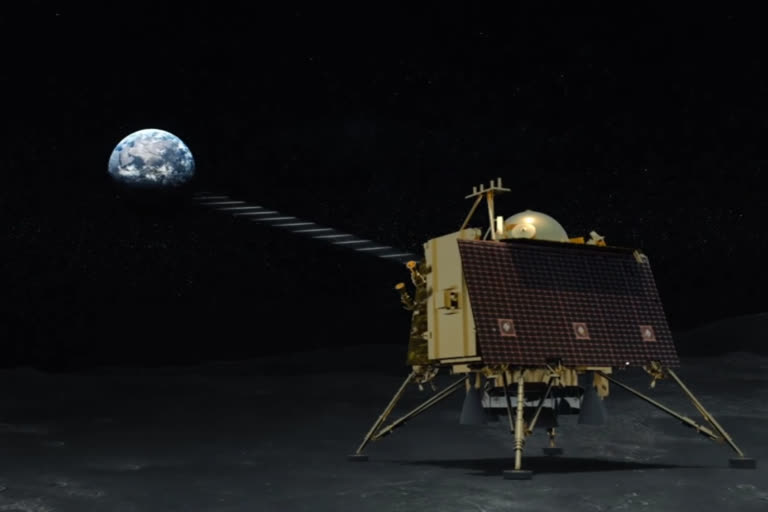Hyderabad: As India and the world await Chandrayaan-2's soft-landing on the moon, the significance of the landmark space mission has been a point of discussion among the scientist community and social media alike.
India's lunar mission is expected to make a soft landing on the moon's south polar region on Saturday night.
Here is all you need to know about India's second lunar expedition
CHRONOLOGY OF CHANDRAYAAN-1
1999: Lunar Mission first conceived at Indian Academy of Sciences meeting
15 Aug 2003: PM Vajpayee announces Chandrayaan programme
22 Oct 2008: Chandrayaan-1 takes off from Sriharikota
08 Nov 2008: Chandrayaan-1 enters Lunar Transfer Trajectory
14 Nov 2008: Moon Impact Probe crashed near lunar South Pole
28 Aug 2009: Chandrayaan 1 programme ends
CHRONOLOGY OF CHANDRAYAAN-2
2007: ISRO signs agreement with Russia for Chandrayaan-2
2011: Russia expresses inability to provide lander on time
2013: India decides to proceed independently
22.07.2019: Chandrayaan 2 launched
02.09.2019: Vikram detaches from Orbiter
07.09.2019: Vikram to soft-land on lunar surface
HIGHLIGHTS OF CHANDRAYAAN-2
Chandrayaan-2 is a follow up of Chandrayaan-1 and it will become 1st spacecraft to land on Moon's south pole.
India to be the 4th nation to achieve soft-landing on the lunar surface. The mission has completely used home-grown technology.
Women make up 30% of Chandrayaan 2 team and India's 1st interplanetary mission will be steered by 2 women- Project Director M Vanitha, Mission Director Ritu Karidhal.
One rover-wheel to have Ashoka Chakra and lander to have Tricolour on it
Orbiter mission will continue for 1 year and the Pragyan rover to roam lunar surface for 14 Earth days.
OBJECTIVES OF THE MISSION
It demonstrates the ability of soft-landing and identifies minerals on the moon.
Its objective is also to study the lunar surface and ionosphere and further examine the lunar surface for water molecules.
Also Read: Exclusive: The last challenge for Chandrayaan-2 before it touches moon



